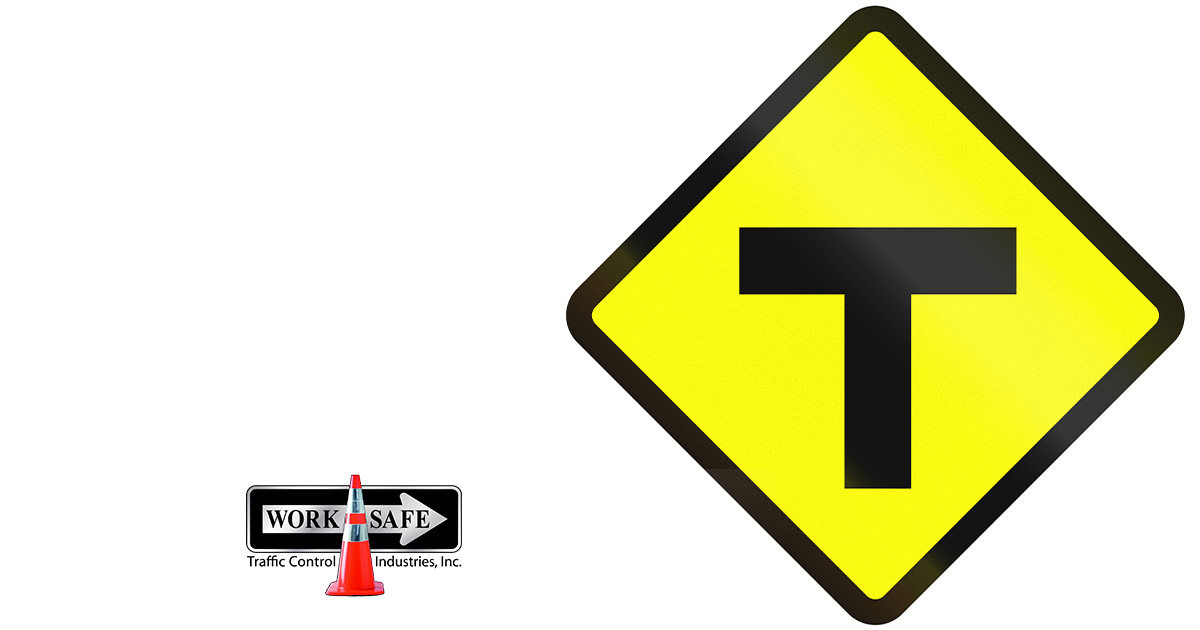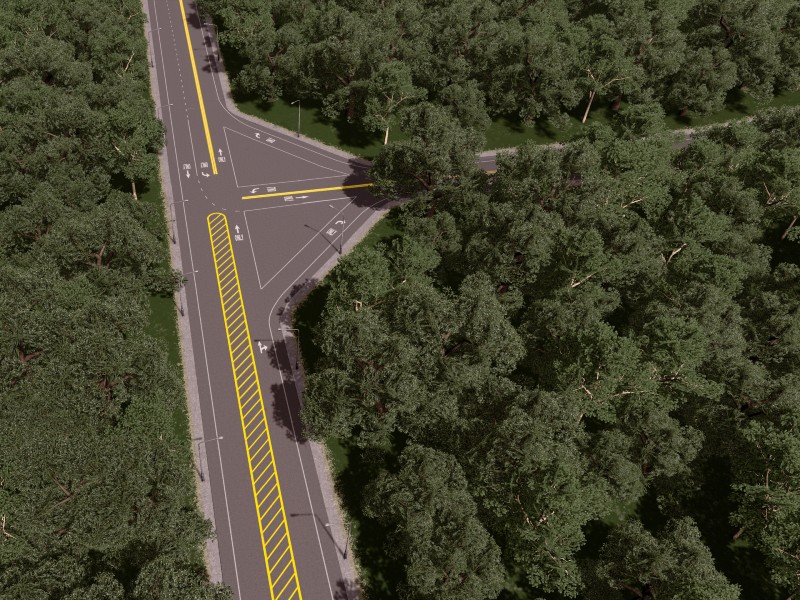EASY PHOS AEROSOL CAN - aerosol canister
NoUTurnsign
No Left Turn Sign Meaning TT-26b: It is a warning sign in which an arrow pointing forward-left is placed in a red circle and the arrow is crossed out with a left-slanting-red diagonal line. This sign indicates that a left turn is prohibited. Making a left turn is considered a fundamental fault.
The “T” sign is in a special category of “special road hazard” signs. These indicators always have the same diamond-shaped backing and yellow color, so you can tell at a glance that there is some unusual road feature coming up that requires a speed reduction / temporary stop or for you to pay extra attention. The center of the sign explains exactly what the special road feature is.
No left turn symbolaustralia
If the “T” intersection has a traffic light, you should follow the standard rules of the light. Just be sure to look for any crosswalks with pedestrians before turning when you get the green signal, as they have right-of-way; this is a common thing that drivers overlook when making a turn into one of these types of intersections.

meaning of no left turn sign No left turn sign: It is in the shape and dimensions defined by the General Directorate of Highways. It is produced from 2 mm or 1.5 mm Galvanized Sheet. 2 screw holes were drilled in accordance with the Omega pole. No left turn sign: It is produced with "Normal performance reflective and High performance reflective" material. The reflective values show the reflection rates. It is used in normal performance reflective (Type-1). High performance reflective (Type-4) material is used.
No left turn symboltraffic
The “T” intersection is a point at which three roads converge. The sign that represents it is usually a yellow diamond with a black “T” in the middle, and the main purpose of it is to warn drivers on the road segment that is about to end.

Unless there is a traffic light at the intersection, these indicators are also usually paired with a “yield” or “stop” sign to advise drivers on the street that is coming to an end, that they should watch out for and yield to traffic on the road they are about to turn onto. Traffic moving along the top of the “T” always has the right of way.
Turn leftsign
No left turn symbolnsw
A junction is any type of intersection where traffic from different directions converges and can potentially change to a new direction. A “T” intersection is one of the simplest types of junctions; they can become much more complex. Freeway interchanges are an example of a more complex junction, often having multiple exits and ramps that can take the driver in a big loop before finally setting them on their intended street.
Interest Traffic Systems and Traffic Construction Material Market are at your service 24/7. (You can contact via Whatsapp)
Norightturn symbol
Where and In Which Areas Are Traffic Signs Used? ⋙ In city and intercity highways ⋙ In all open and closed parking areas ⋙ In road works, to warn vehicles and pedestrians ⋙ At narrowing road junctions ⋙ Wide area of use: It is used in warning and working areas on roads, in social areas, in all areas that require life and property safety . Traffic Signs, How / Where Are They Mounted? ⋙ Traffic signs are delivered to you, our customers, in the form of packages, boxes or wooden cases. 2 bolts and nuts are required for assembly. ⋙ Installation is very easy. It is assembled with screws and nuts.
Traffic signs tell drivers and pedestrians the rules they must follow with symbols. It should be used in sufficient number. It is recommended to place it in an easily visible way, preferably using an omega pole. In traffic accidents, it should be noted that whether there is sufficient and correct traffic sign at the place where the accident occurred is also the subject of investigation. Knowing and applying the meanings of traffic signs protects drivers and pedestrians from possible accidents.
If there is no traffic light, there will usually be a “yield” or “stop” sign indicating that you should look out for oncoming motorists before making your turn. In situations where there is no traffic light, the continuous flow moving along the top of the “T” is generally not expected to stop at the intersection. It is up to the driver approaching from the road segment that is ending to stop and ensure oncoming cars are clear before making their turn onto the new street.
“T” signs and guide signs are two different categories of sign. Guide placards are the green and white indicators that communicate information about mileage to destinations, while “T” signs are in the category of “special hazard” signs.
If you are approaching a “T” stop from the bottom of the “T” and do not see a light, stop or yield sign, you should proceed as if a “yield” sign was present. Slow down at the intersection and look for oncoming traffic and pedestrians crossing in your turn direction before committing to the turn.
It’s particularly important for these types of signs to be reflective, as their primary function is to warn drivers in low-visibility conditions (like darkness, rain or snow) that the street they are traveling on is about to end and they will need to make a left or right turn ahead. All Worksafe placards meet or exceed MUTCD certification standards for visibility.









 13322766566
13322766566